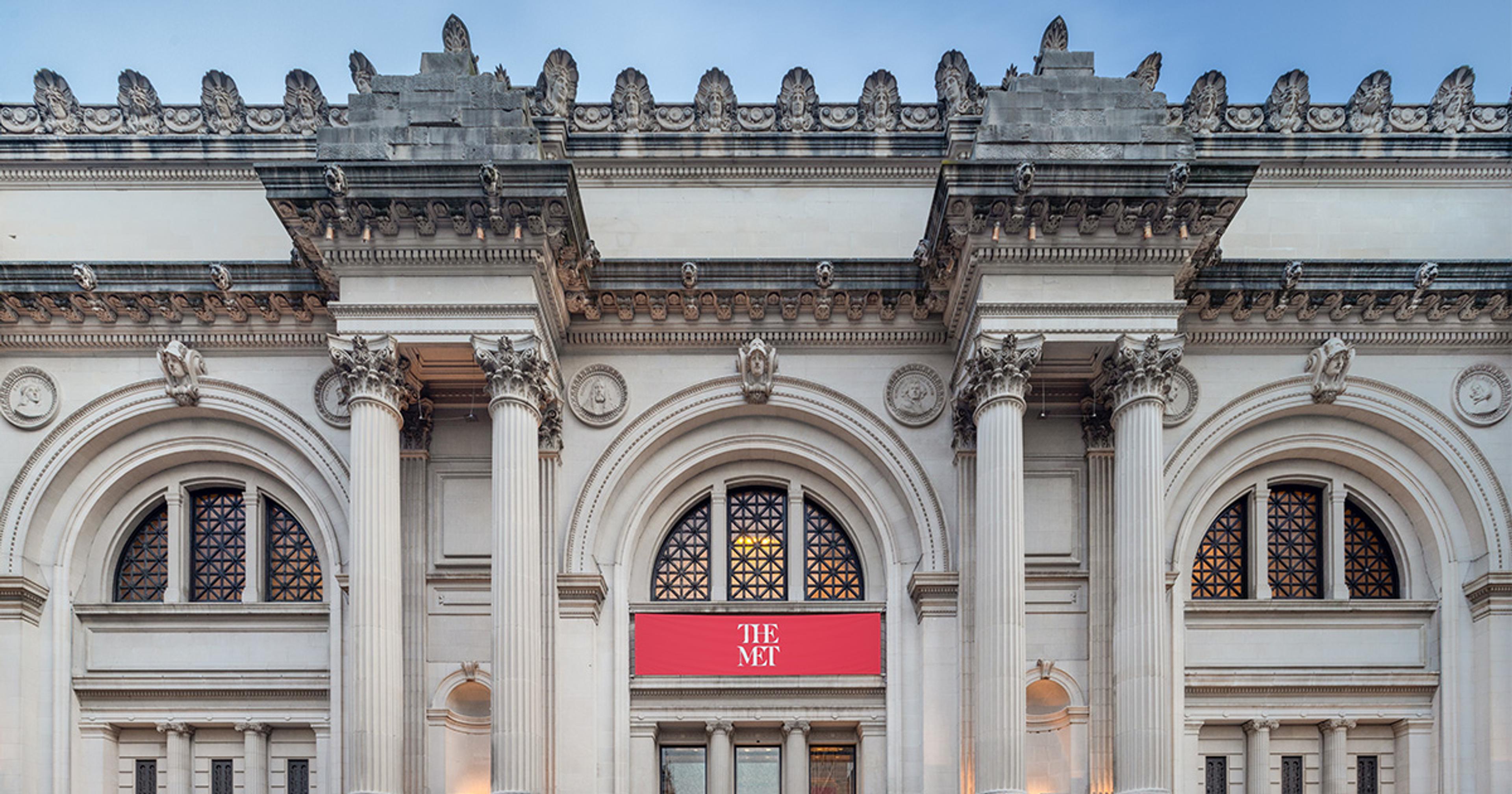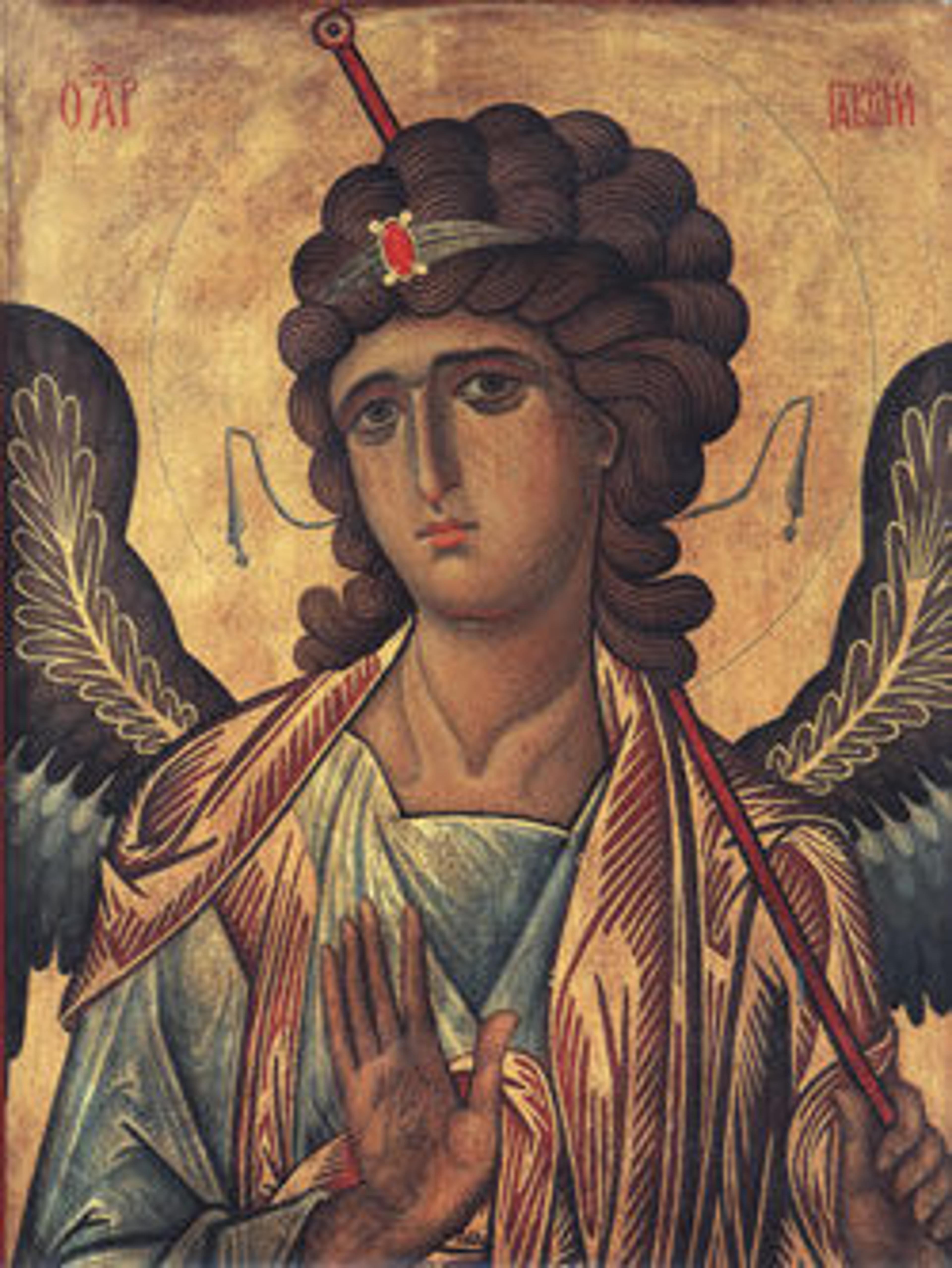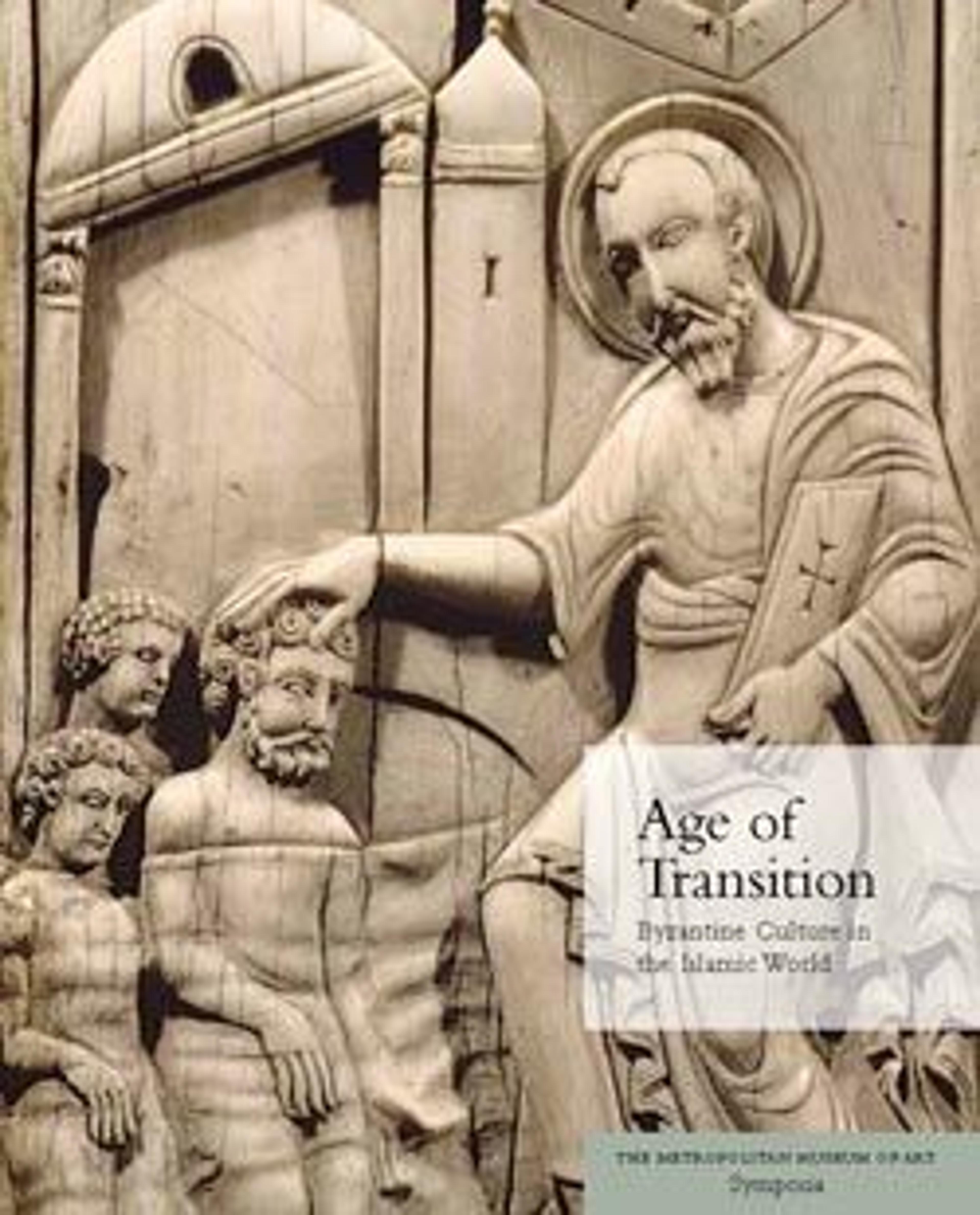

Byzantium: Faith and Power (1261–1557): Perspectives on Late Byzantine Art and Culture
These papers on the Late Byzantine period were inspired by the major loan exhibition "Byzantium: Faith and Power (1261–1557)," which was held at The Metropolitan Museum of Art from March 23 through July 5, 2004. They were first presented by a group of renowned international scholars who gathered at the Museum on April 16–18, 2004, for a symposium examining the resurgence of artistic, cultural, and religious life during the last centuries of Byzantium. For the broadest possible perspective, the speakers, who were drawn from various disciplines, considered not only art history but also those developments in such fields as economics, politics, literature, and urban life that profoundly affected the visual arts.
For almost two centuries after 1261, the year in which Michael VIII Palaiologos recaptured Constantinople from its Latin occupiers, Byzantine creativity and learning spread farther than ever before, even though the political strength of the empire was on the wane. The texts collected here examine issues central to life in the capital, including artistic patronage and the changing physiognomy of the city, but they also describe the continued growth of Byzantine influence on the Christian and Muslim East and the Latin West. Essays on the Eastern lands include studies of trade, which during these years stretched eastward across Asia and northward through the Black Sea; of relations with powers in the Caucasus, Asia Minor, and Central Asia, as reflected in the life of the Georgian princess T'amar; and of scholarly exchanges between Byzantine and Arabic writers.
Among the texts focusing on the West are one describing Byzantine elements in the decoration of the basilica of San Marco in Venice and another tracing the evolution of the cult of Saint Catherine of Alexandria from its beginnings in the monastery at Sinai to its enthusiastic adoption in Europe. Byzantine religious life in this "age of icons" (forty exceptional works from the Sinai monastery appeared in the exhibition) is the subject of insightful essays on the place of icons during the empire's long history and on Palaiologan iconography and liturgy.
The sixth in the Metropolitan Museum's Symposia series, this volume sheds valuable new light on the world in which Late Byzantine art was created and viewed.
Met Art in Publication
You May Also Like
Press the down key to skip to the last item.
Citation
Brooks, Sarah T., and Metropolitan Museum of Art (New York, N.Y.), eds. 2006. Byzantium, Faith, and Power (1261-1557): Perspectives on Late Byzantine Art and Culture. The Metropolitan Museum of Art Symposia. New York : New Haven: Metropolitan Museum of Art ; Yale University Press.




